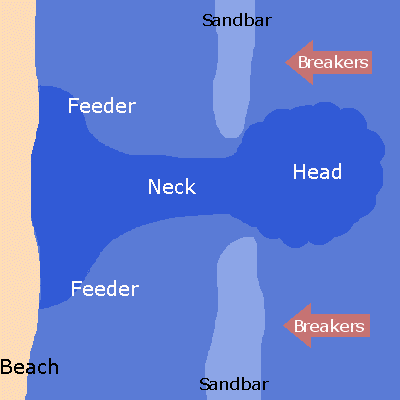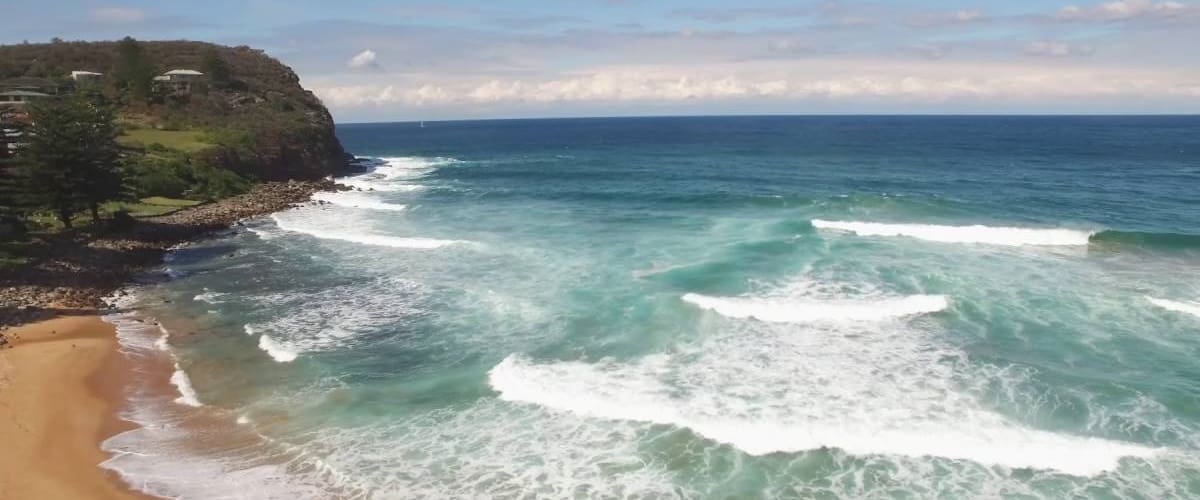I get that it’s the Fall season right now. But for some reason, I’m seeing a lot of people talk about the dangers of rip currents. Their dangers are prevalent any time of the year, really. Whether you’re boating or swimming, any time of year, a rip current can be deadly if not given proper consideration.
Rip currents, also known as rip tides, are an aquatic phenomenon where, instead of moving to shore, a section of water pulls away from land and back into the water source. I act like I don’t know why people are talking about them. But its actually because they are most common during hurricane season (August-October).
They’re dangerous because it will carry anything caught up in the current out into the deep water. A strong majority of swimmer rescues are because they were pulled out deeper than they can manage, and don’t have the strength to swim back.
A riptide is caused by breaks in sandbars near the shore. As the waves crash over the sandbar, the returning water focuses on the unrestricted area. For a better visual, check out this animated GIF by the NOAA.

You can see a rip current if you take a moment to look. Look at the header image. See how in the center, there is a spot where the white of the waves are absent? That’s the rip current. Sometimes they are permanent, sometimes they appear as the earth below them shifts. Don’t assume you always know where it is.
If you find yourself caught up in a rip current, DO NOT SWIM AGAINST IT. You will not be able to outswim the current. Trying to resist it will only exhaust yourself out in the deep water. Instead, swim to the side of it. By moving parallel with the shore, you’ll be able to escape the rip current itself and return to land with the help of the normal waves. Take it easy and conserve energy as much as possible.
Rip currents are also a big reason why you should always tie down your boats or other watercraft. Imagine stepping out of your canoe, only to watch it float away.

